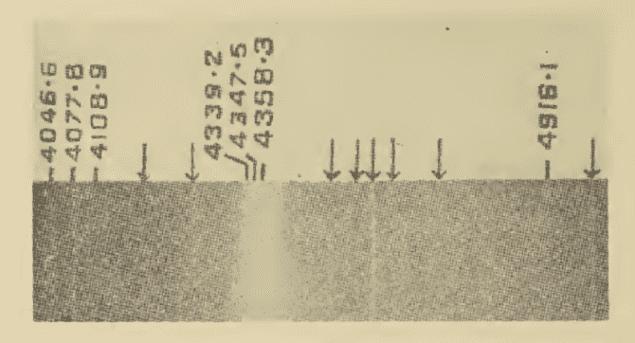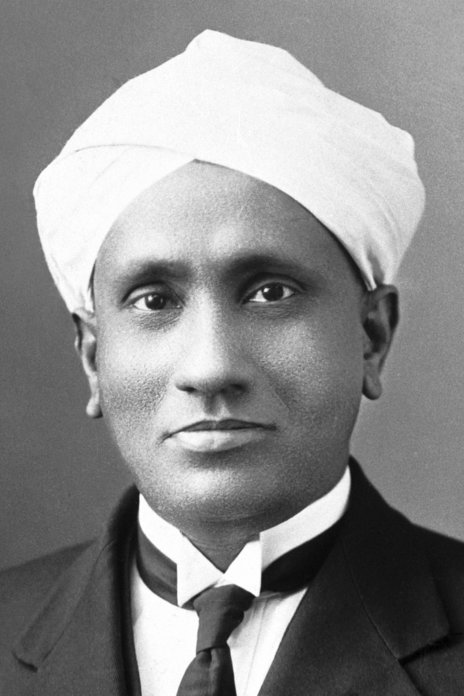With the 2019 Nobel Prize for Physics due to be announced on Tuesday 8 October, Physics World journalists pick their favourite Nobel awards from the past. Here Anna Demming argues the case for the 1930 prize for Raman scattering

You don’t see objects just by shining a light on them – it’s the light they scatter that really tells the story. Chandrashekhara Venkata Raman dedicated his life to understanding how light scatters from objects, and in particular he discovered how scattered light can contain wavelengths that don’t feature in the light originally shone on them, and why. The spectrum of this “Raman scattering” contains so much information about a sample’s structure and composition it has been described as a characteristic “fingerprint”. Raman was awarded the 1930 Nobel Prize for Physics for discovering the effect, which has been widely used in sensing and identifying materials from drugs and pathogens to nanomaterials, and has also played a role in fundamental discovery including developing ideas in atomic physics.
At the time Raman made his discovery the additional wavelengths observed in scattered light seemed at odds with the quantum understanding of light emission from atoms. The wavelength of emitted light should correspond to the difference between energy levels occupied by the atom’s electrons, but these additional wavelengths in the electromagnetic spectrum did not relate to these electronic transitions and they changed with the wavelength of the incident light when different light sources were used. It turned out that the additional wavelength indicated other types of excitations – often vibrational modes, but also rotational energy and phonon modes – which are unique to specific materials and sensitive to the surrounding environment.

In fact Adolf Smekal had reported ideas on “inelastic scattering” in 1923, and Grigory Landsberg and Leonid Mandelstam reported observations of the effect crystals in Moscow in 1928 – the same year as Raman and his student K S Krishnan reported the effect. What Raman and Krishnan also showed, in addition to interpreting the effect, was that the phenomenon held for solids, liquids and gases. The universal nature of the Raman effect has made it indispensable for a vast array of fields.
I first came across the effect when I began a PhD studying field enhancements from plasmons that can make it easier to detect the otherwise rather timid Raman signal strengths. (Just one in 10 million incident photons will scatter in this way.) I spent three years modelling and simulating the electromagnetic field enhancements from different incident light sources on different nanostructures, largely geared towards finessing Raman signal detection. Carbon nanotubes were still quite a recent discovery and I remember excited discussions of how plasmons in nanoparticles or a nanoscale tip could help detect the signature Raman scattering from their radial breathing mode. It is hardly stretching the truth to say that studies motivated by the Raman effect showed me something I had not thought possible during my undergraduate degree – that electromagnetism could be fascinating.

Raman spectroscopy guides brain biopsies
Raman was the first Asian and first non-white to receive any of the Nobel Prizes in science, but if Raman thought this would lessen his chances of winning the award he nonetheless remained sufficiently confident that he booked his ticket from his homeland India to Stockholm before the 1930 award had even been announced. The significance of the discovery speaks for itself, and the ability to enhance Raman signals with field enhancements has unleashed the functionality of the effect, which has been instrumental in so many fields from guiding brain biopsies to tackling questions concerning nuclear spin in atomic physics. The shear breadth of topics and applications that have been propped up by understanding the Raman effect daily reaffirms its importance, and makes it my favourite Nobel Prize.
- This was edited 1 October 2019 to include “in science” in the reference to “any of the Nobel Prizes”.
Physics World‘s Nobel prize coverage is supported by Oxford Instruments Nanoscience, a leading supplier of research tools for the development of quantum technologies, advanced materials and nanoscale devices. Visit nanoscience.oxinst.com to find out more.




